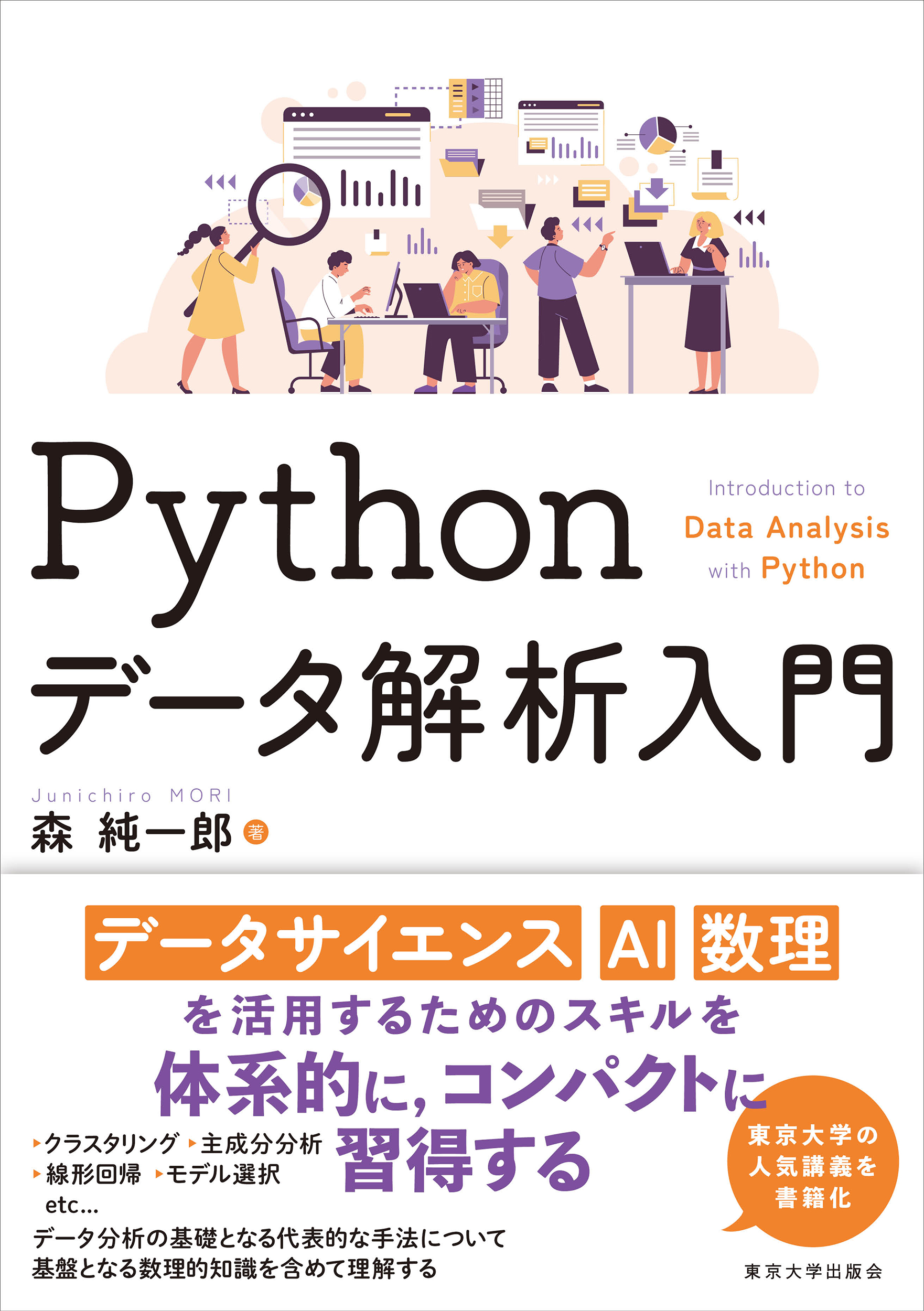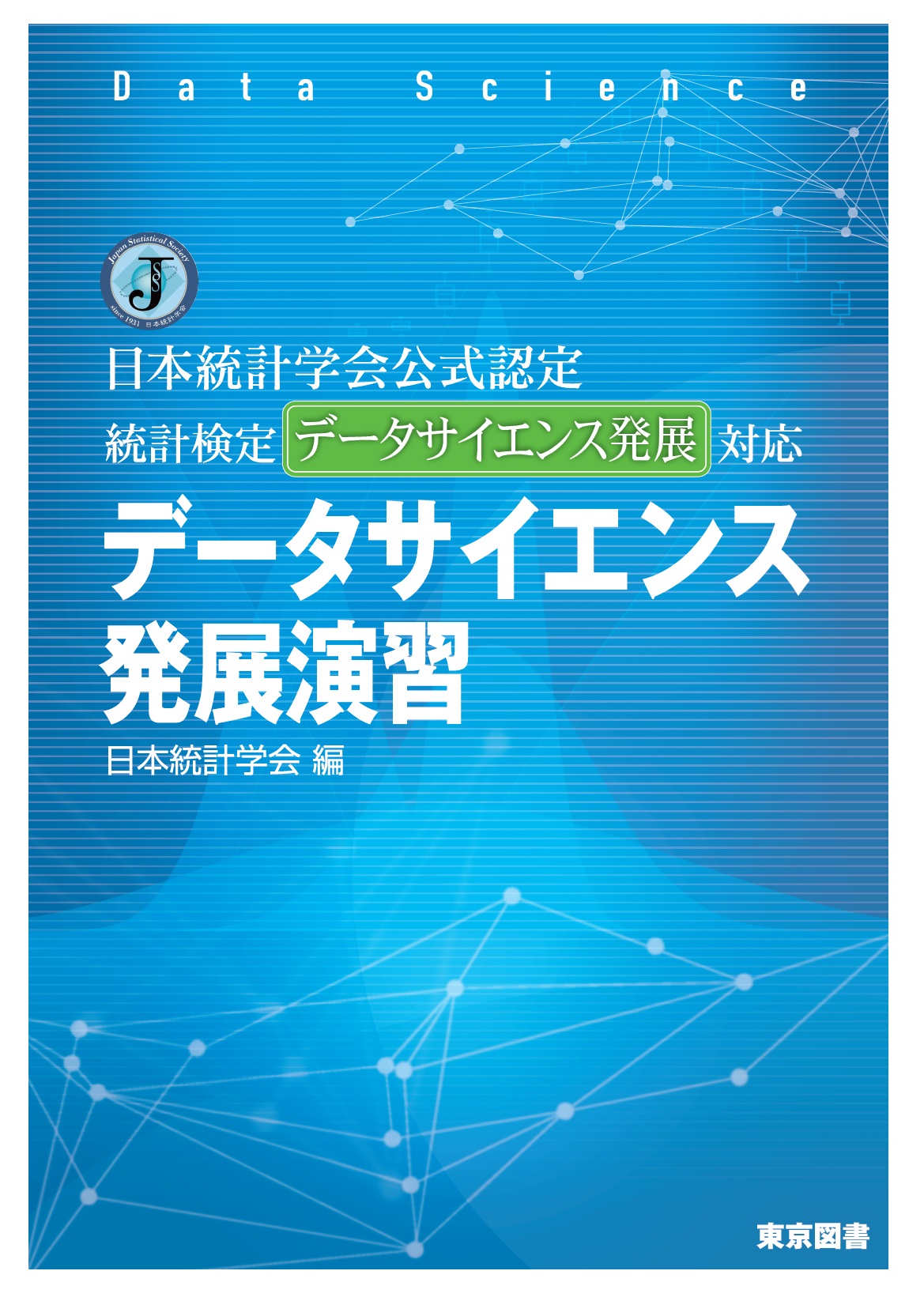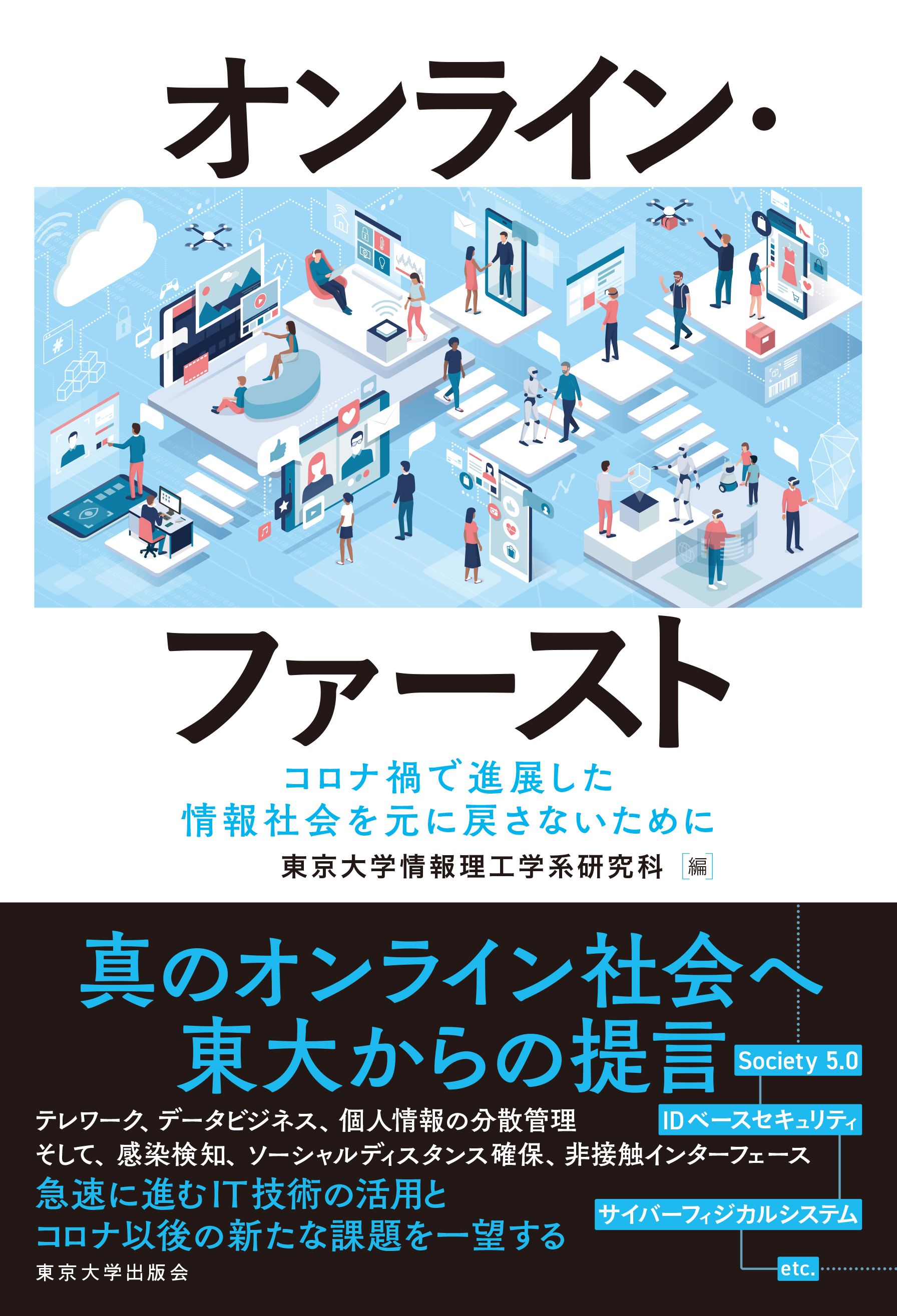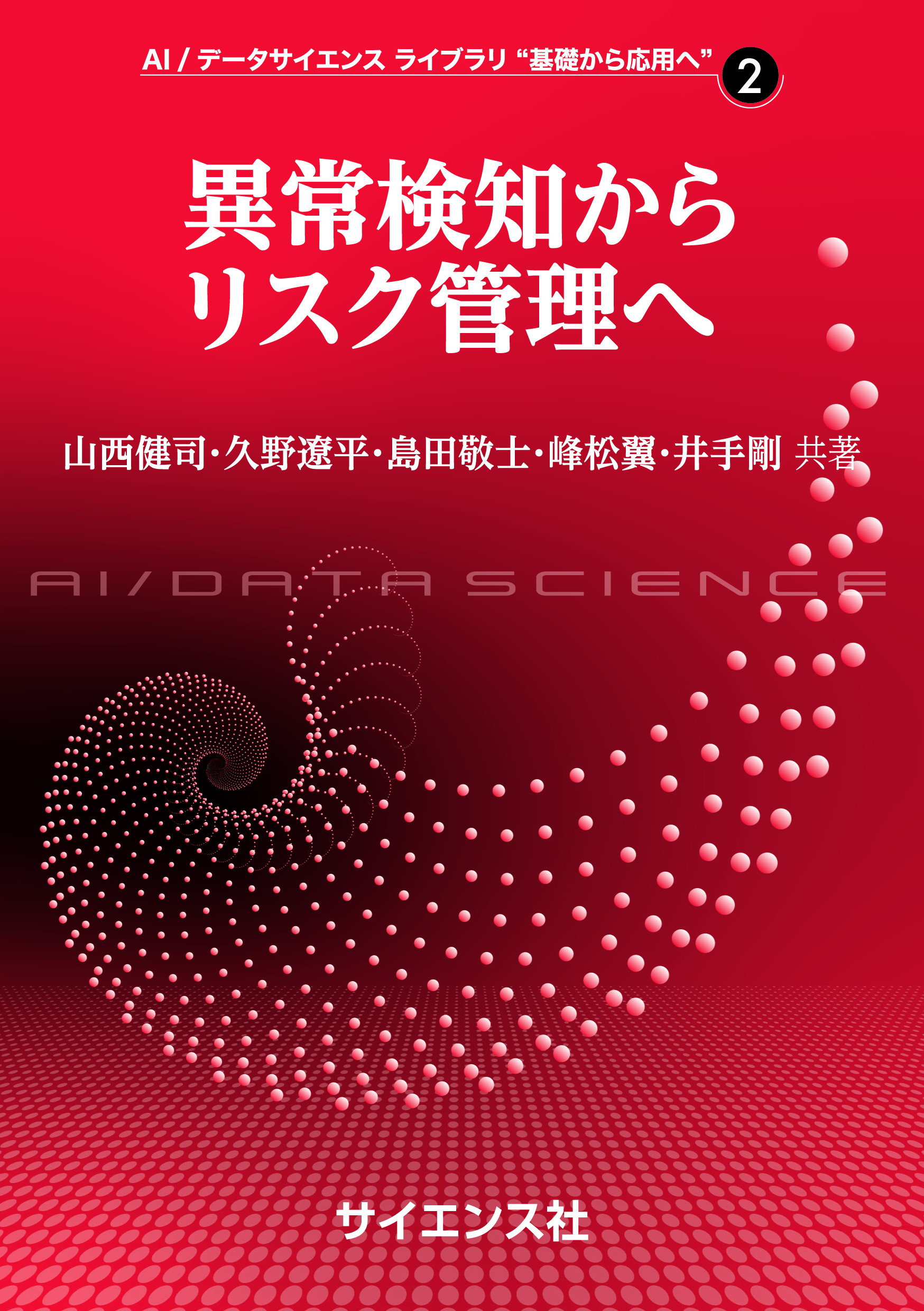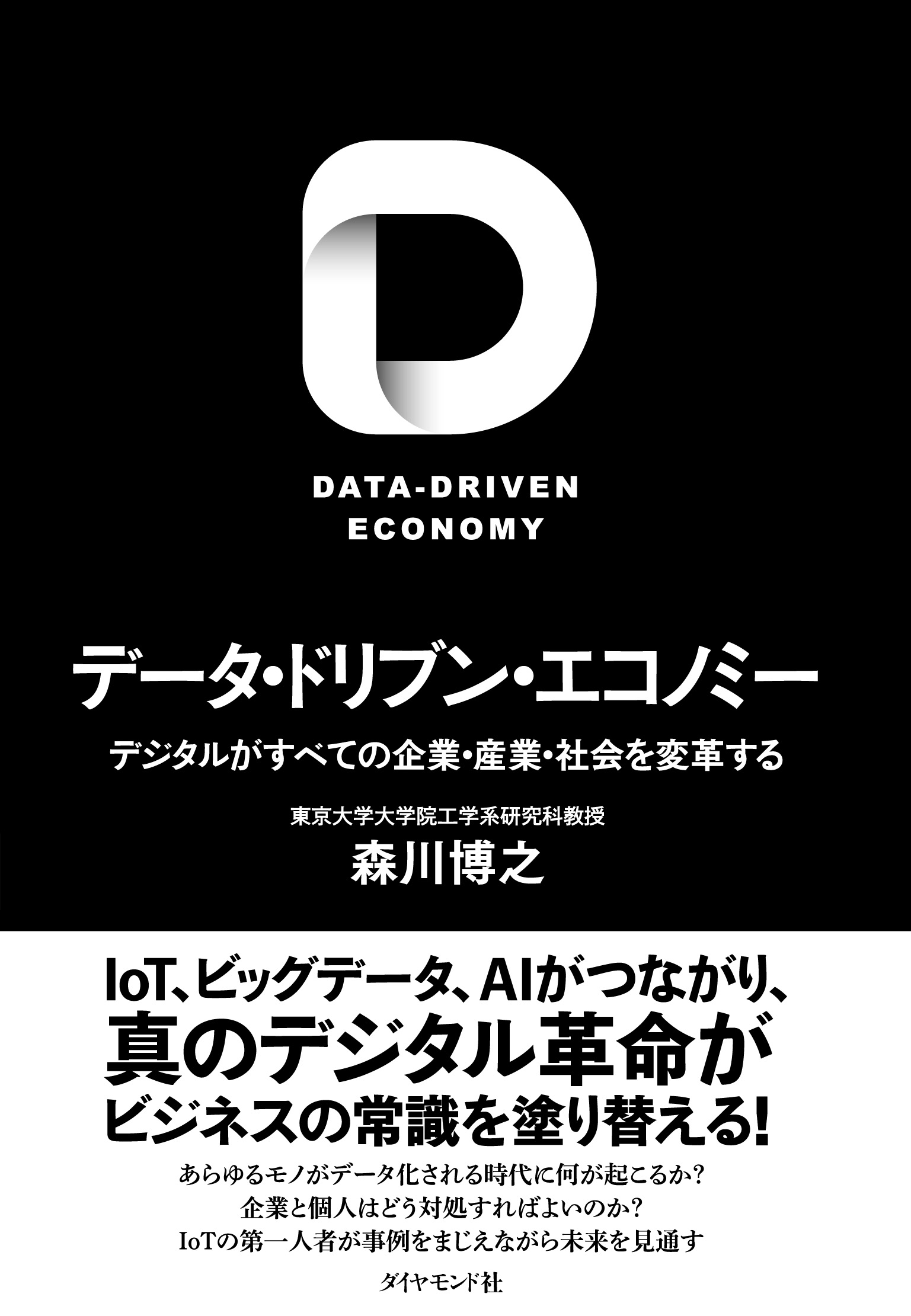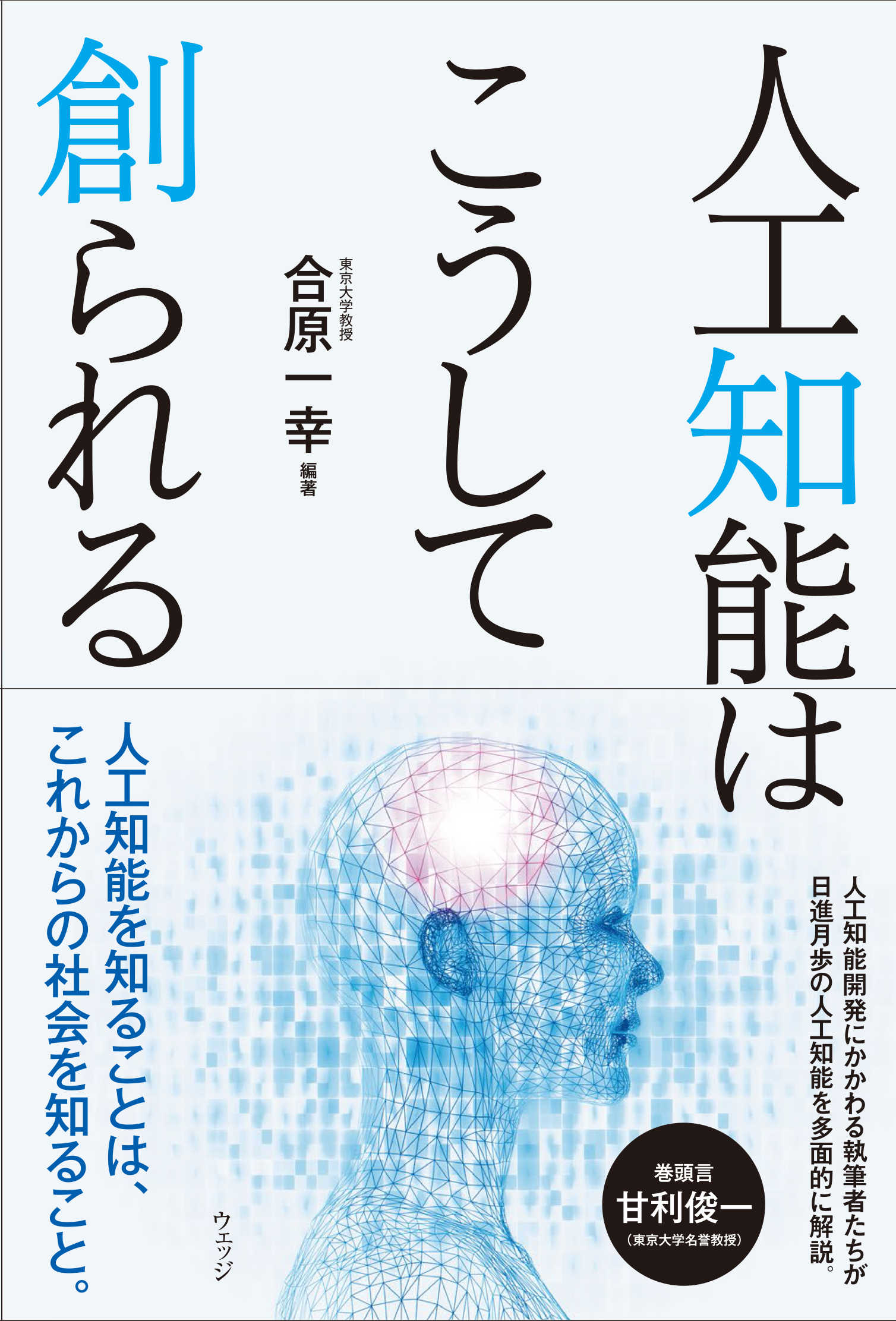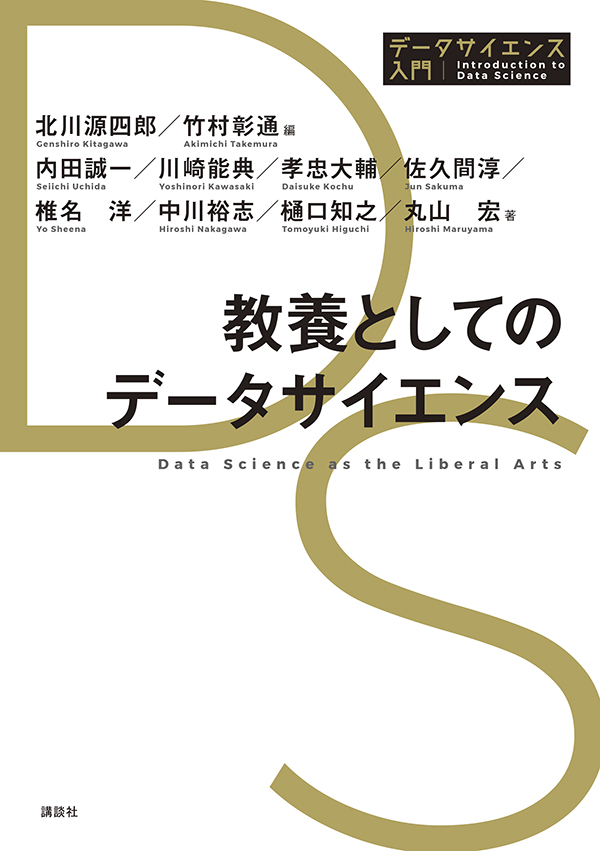
Title
Introduction to Data Science Kyouyo toshite no Data-Science (Data Science as the Liberal Arts)
Size
240 pages, A5 format
Language
Japanese
Released
June 15, 2021
ISBN
978-4-06-523809-7
Published by
Kodansha
Book Info
See Book Availability at Library
Japanese Page
Human society is at a turning point. Needless to say, we are transitioning into a data-driven society with the emergence of big data and the rapid development of data utilization technologies such as data science and artificial intelligence (AI). It is becoming increasingly apparent every day that a world completely different from that at the beginning of the 21st century is opening up in terms of all aspects of our lives, including autonomous driving, machine translation, image recognition, smartphone utilization, and computer games. To realize this new society, the Japanese government has announced in its “AI Strategy 2019” that all university students, totaling about half a million, should learn the basics of “mathematics, data science, and AI,” which can be considered as the basic literacy for the socity life such as the reading, writing, and arithmetic of a digital society. In response to this, in 2020, with the cooperation of the industrial sector and related organizations, the Japan Inter-University Consortium for Mathematics & Data Science Education published a model curriculum for mathematics, data science, and AI literacy levels comprising about 250 keywords (knowledge and skills) in four parts: “Introduction,” “Fundamentals,” “Knowledge,” and “Options.”
The present work is an entirely curriculum-compliant introductory book covering the keywords of Introduction, Fundamentals, and Knowledge from the model curriculum, excluding Options. Each of the 11 sections across three chapters was written by leading Japanese researchers and practitioners, and the text contains many practical cases as well as ample figures and tables. In the chapter “Introduction,” changes actually taking place in society because of data use are introduced. The data in use, technologies for data utilization, and latest trends are also introduced to spark a desire for learning data science and AI in the readers. The chapter “Fundamentals” provides an overview of the most basic data utilization techniques, namely reading data (analysis methods), explaining data (visualization), and handling data (spreadsheet calculation). Finally, in the chapter “Knowledge,” negative consequences of AI utilization are introduced, and also the necessary precautions to take when applying data science and AI, such as ELSI (Ethical, Legal, & Social Implications), and what to observe when handling data, such as information security and privacy protection.
We hope that this book will enable all university students to master the essentials of data science, which can be said to be the passport of a digital society, and be able to enjoy a data-utilizing society. For those interested in the “Options,” which are not covered in this book, in the literacy level curriculum, and those who wish to learn in depth beyond the contents of this book and contribute to the development of a data-driven society, it is recommended that they continue with the other 11 volumes in the “Introduction to Data Science” series.
(Written by KITAGAWA Genshiro, Project Professor, Mathematics and Informatics Center, Graduate School of Information Science and Technology / 2022)



 Find a book
Find a book




